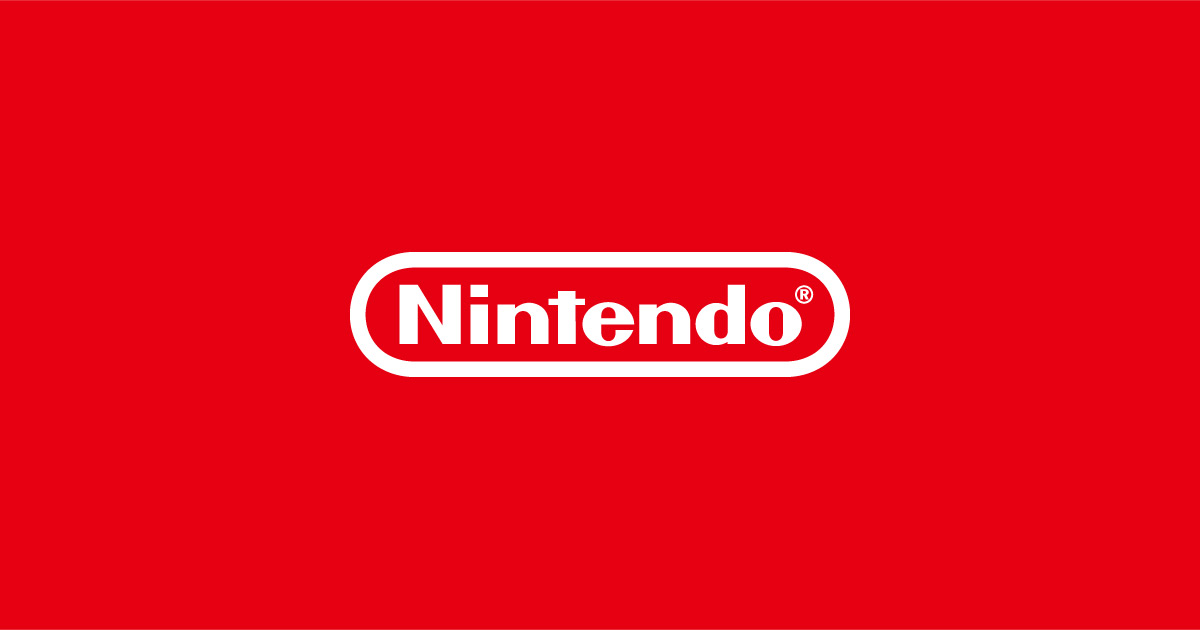Nintendo Switch 2’s utilization of advanced Nvidia DLSS technology is shaping up to be a cornerstone feature for the upcoming console, according to an in-depth analysis from leading technology publication Digital Foundry.
With speculation long swirling about how Deep Learning Super Sampling (DLSS) would power Switch 2’s graphics, tech analyst Alex Battaglia from Digital Foundry has provided the most detailed breakdown to date on the platform’s unique implementation of the feature. While both Nintendo and Nvidia have yet to officially unveil all the technical specifics, Digital Foundry's analysis—based on hands-on game testing—offers crucial insights for the gaming community.
The report highlights that Switch 2 is leveraging not just one, but two distinct forms of DLSS, each with different strengths and use cases within current and upcoming Switch 2 games. The first DLSS model, featured in titles such as Cyberpunk 2077: Ultimate Edition and Street Fighter 6, is built around a convolutional neural network (CNN) architecture.
This echoes earlier PC implementations seen before the transition to DLSS 4.
According to Digital Foundry, this model delivers stable 1080p visuals, with effective anti-aliasing during both motion and camera transitions, resulting in consistent image quality that stands up to scrutiny when played on a television or in docked mode. However, Digital Foundry’s research also identified a secondary, lightweight DLSS solution in action for games like Star Wars Outlaws, Hogwarts Legacy, The Touryst, and Fast Fusion on Nintendo Switch 2.
This “tiny” model enables developers to upscale games to resolutions beyond 1080p, but at the cost of reduced anti-aliasing, particularly noticeable during fast-moving scenes or quick camera cuts.
Digital Foundry noted that while this approach may offer higher sharpness, its anti-aliasing performance can appear lacking during gameplay, though it presents a key technical benefit: it significantly eases the processing load on Switch 2’s GPU, which could be an advantage in handheld mode. Digital Foundry’s findings are corroborated by an unnamed developer source who affirmed that Nintendo Switch 2 indeed utilizes two separate DLSS models to suit different performance and visual fidelity needs.
Alex Battaglia concluded his analysis by suggesting that while the streamlined DLSS model is a smart solution for preserving battery life and system performance in portable play, its image quality compromises may make it less appealing for the docked, big-screen experience. This detailed assessment underscores Nintendo’s continued push to balance graphical innovation with the practical demands of both docked and handheld gaming.
As anticipation builds for the full reveal of the Switch 2 and its feature set, these insights from Digital Foundry offer the clearest look yet at how Nvidia’s deep learning technology will impact the next generation of Nintendo gaming. The Nintendo Switch 2 is expected to launch with robust third-party support and a growing library of titles taking advantage of DLSS upscaling.
For ongoing updates and expert analysis on Nintendo hardware and game development, stay tuned to our coverage.
With speculation long swirling about how Deep Learning Super Sampling (DLSS) would power Switch 2’s graphics, tech analyst Alex Battaglia from Digital Foundry has provided the most detailed breakdown to date on the platform’s unique implementation of the feature. While both Nintendo and Nvidia have yet to officially unveil all the technical specifics, Digital Foundry's analysis—based on hands-on game testing—offers crucial insights for the gaming community.
The report highlights that Switch 2 is leveraging not just one, but two distinct forms of DLSS, each with different strengths and use cases within current and upcoming Switch 2 games. The first DLSS model, featured in titles such as Cyberpunk 2077: Ultimate Edition and Street Fighter 6, is built around a convolutional neural network (CNN) architecture.
This echoes earlier PC implementations seen before the transition to DLSS 4.
According to Digital Foundry, this model delivers stable 1080p visuals, with effective anti-aliasing during both motion and camera transitions, resulting in consistent image quality that stands up to scrutiny when played on a television or in docked mode. However, Digital Foundry’s research also identified a secondary, lightweight DLSS solution in action for games like Star Wars Outlaws, Hogwarts Legacy, The Touryst, and Fast Fusion on Nintendo Switch 2.
This “tiny” model enables developers to upscale games to resolutions beyond 1080p, but at the cost of reduced anti-aliasing, particularly noticeable during fast-moving scenes or quick camera cuts.
Digital Foundry noted that while this approach may offer higher sharpness, its anti-aliasing performance can appear lacking during gameplay, though it presents a key technical benefit: it significantly eases the processing load on Switch 2’s GPU, which could be an advantage in handheld mode. Digital Foundry’s findings are corroborated by an unnamed developer source who affirmed that Nintendo Switch 2 indeed utilizes two separate DLSS models to suit different performance and visual fidelity needs.
Alex Battaglia concluded his analysis by suggesting that while the streamlined DLSS model is a smart solution for preserving battery life and system performance in portable play, its image quality compromises may make it less appealing for the docked, big-screen experience. This detailed assessment underscores Nintendo’s continued push to balance graphical innovation with the practical demands of both docked and handheld gaming.
As anticipation builds for the full reveal of the Switch 2 and its feature set, these insights from Digital Foundry offer the clearest look yet at how Nvidia’s deep learning technology will impact the next generation of Nintendo gaming. The Nintendo Switch 2 is expected to launch with robust third-party support and a growing library of titles taking advantage of DLSS upscaling.
For ongoing updates and expert analysis on Nintendo hardware and game development, stay tuned to our coverage.






